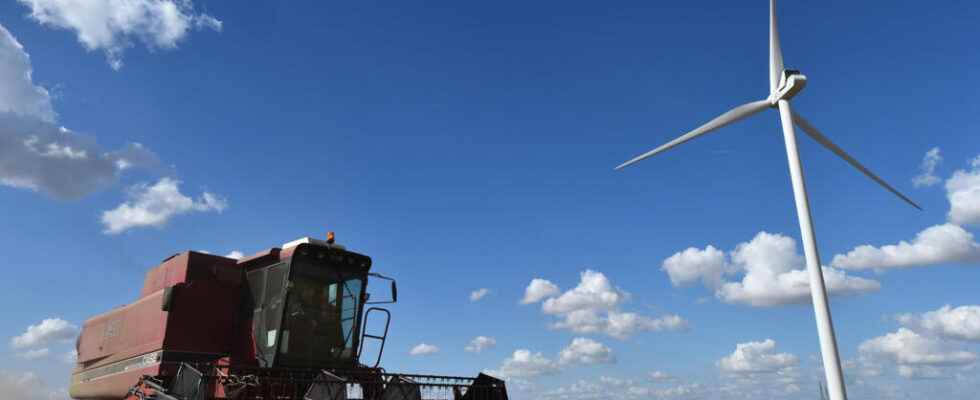The new European Common Agricultural Policy (CAP) comes into force on January 1 for the period 2023-2027. For this new version, and even if the European Union continues to define the guidelines, greater freedom and greater power have been granted to the Member States in the way they grant aid.
With our correspondent in Brussels, Jean-Jacques Hery
The budget for this new Common Agricultural Policy is 387 billion euros, including 270 billion in direct aid to be distributed among farmers in the 27 Member States, over a period extending until 2027.
The major and displayed novelty is that this CAP 2023 wants to be greener. Each Member State will have to devote on average a quarter of the direct aid received to what are called “eco-schemes”. We will help farmers who participate in more demanding environmental programs or who favor more ecological techniques.
It can be a farmer who decides to diversify his crops, to set up plant cover, or even a farmer who plants or installs hedges and groves, favorable to biodiversity.
Priority to support for young farmers
The other central point is aid to young farmers, defined as a priority. In total, 8.5 billion euros will be distributed to facilitate their installation. This is more than what was initially planned, we welcomed the European Commissioner for Agriculture.
At the same time, in the twenty-seven Member States, 4 billion euros per year will go to small and medium-sized farms in order to avoid the gradual and observed disappearance of small farms.
Each country had to draw up a National Strategic Plan (PSN), the conformity of which was validated by Brussels. The last of them, the Dutch plan, was released only a few weeks ago, just in time to allow the entry into force of this new CAP.
►Also listen: Is French agriculture still a geopolitical weapon?
